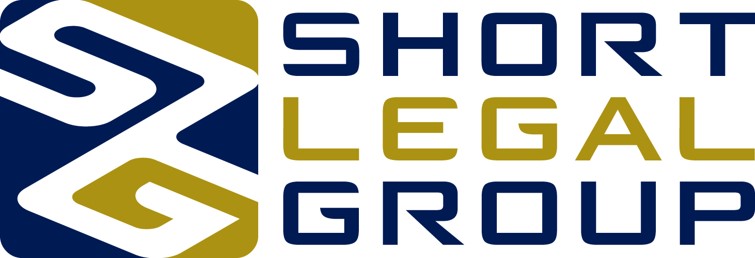When it comes to AI, there are several best practices that organizations should consider to ensure ethical and responsible AI development and deployment. Here’s a template that outlines some key components of an AI best practices framework:
Define Clear Objectives:
Clearly articulate the objectives and desired outcomes of the AI system. Align AI goals with broader organizational goals and values.
Data Quality and Governance:
Ensure data used for AI development is accurate, reliable, and representative. Establish data governance policies to manage data collection, storage, and usage. Regularly audit and monitor data to identify biases or quality issues.
Transparency and Explainability:
Aim for transparent AI systems that provide explanations for their decisions.Document AI models, algorithms, and data sources used in development.Implement mechanisms for users to understand and question AI outcomes.
Fairness and Avoidance of Bias:
Mitigate bias in AI systems to ensure fair treatment for all individuals or groups. Regularly evaluate and address potential biases in training data and algorithms. Monitor and audit AI systems for disparate impact on different demographic groups.
Privacy and Security:
Protect user privacy and secure sensitive data throughout the AI lifecycle. Comply with applicable privacy regulations and obtain necessary consent. Implement robust security measures to prevent unauthorized access or data breaches.
Human Oversight and Accountability:
Establish clear roles and responsibilities for individuals involved in AI development and deployment. Enable human oversight to review and intervene in AI decisions when necessary. Define mechanisms for accountability, including processes for addressing AI failures or unintended consequences.
Continuous Monitoring and Evaluation:
Regularly monitor and evaluate AI systems for performance, accuracy, and impact. Implement feedback loops to improve AI models and address identified issues. Keep abreast of advancements in AI research and update practices accordingly.
Collaboration and External Engagement:
Foster collaboration among diverse stakeholders, including domain experts, ethicists, and impacted communities. Engage with external parties to seek independent audits or assessments of AI systems. Contribute to the broader AI community by sharing insights and lessons learned.
Remember, this template provides a starting point for building your own AI best practices framework. It’s important to adapt and tailor these practices to your specific organizational context, industry, and regulatory requirements.
